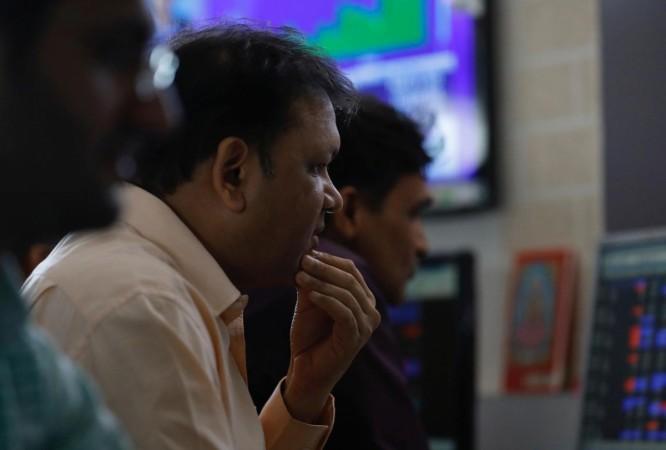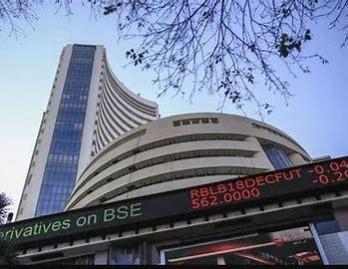The Indian equity benchmarks opened in red and fell sharply on Tuesday as global cues continue to point in the direction of high inflation, likely recession and further tightening of monetary policies by central banks around the world.
The BSE Sensex opened at 61,608 points and gave up 507 points or 0.82%; the NSE Nift-50 opened at 18,340 points and lost 151 points or 0.82% as of 1:35 PM. Nifty Bank also experienced a steep decline after touching a historical high of 44,151 points last week. It started trading in red at 43,152 points and lost 328 points or 0.76% from the previous close of 43,413 points.

Prashanth Tapse, a Research Analyst and Senior VP (Research) at Mehta Equities Ltd said, "Markets may continue to witness choppy trend in intra-day trades and are likely to drift lower in early Tuesday trades amid weakness in SGX Nifty and overnight fall in the key US indices. Investors continue to fret over the Federal Reserve's hawkish stance that could tip the world's largest economy into recession next year."
Wall Street also suffered losses for the fifth straight day. The Dow Jones Industrial Average was down 162.92 or 0.49%, whereas the S&P 500 and Nasdaq Composite lost 0.9% and 1.5%, respectively. CNN's Fear and Greed index indicate that the US stock market is currently driven by fear. The index is used to assess the market sentiment.
On the back of declining inflation (although still very high), central banks around the world lowered the size of their rate hikes which was largely in line with market expectation, yet their commentary about the future monetary actions to anchor inflation was very hawkish.

One possible explanation about why the hawkish language of central banks accompanied the dovish move came from an article published in Indian Express by the chief India economist of JP Morgan. In that article, he wrote, "The hawkish tone was particularly necessary to preserve hard-earned monetary transmission of past tightening. If markets are convinced central banks are done, the impact of past tightening on rates will be quickly undone."
"For further monetary policy downshifting to be "time consistent," central banks will have to keep markets guessing and monetary conditions tight enough to temper demand and bring down imbalances, to enable a future downshift. Else future economic conditions will render any current proclamation of a pause untenable and "time inconsistent." For now, therefore, central banks will have to convince markets: "do as I say, not as I do...". He added.
















